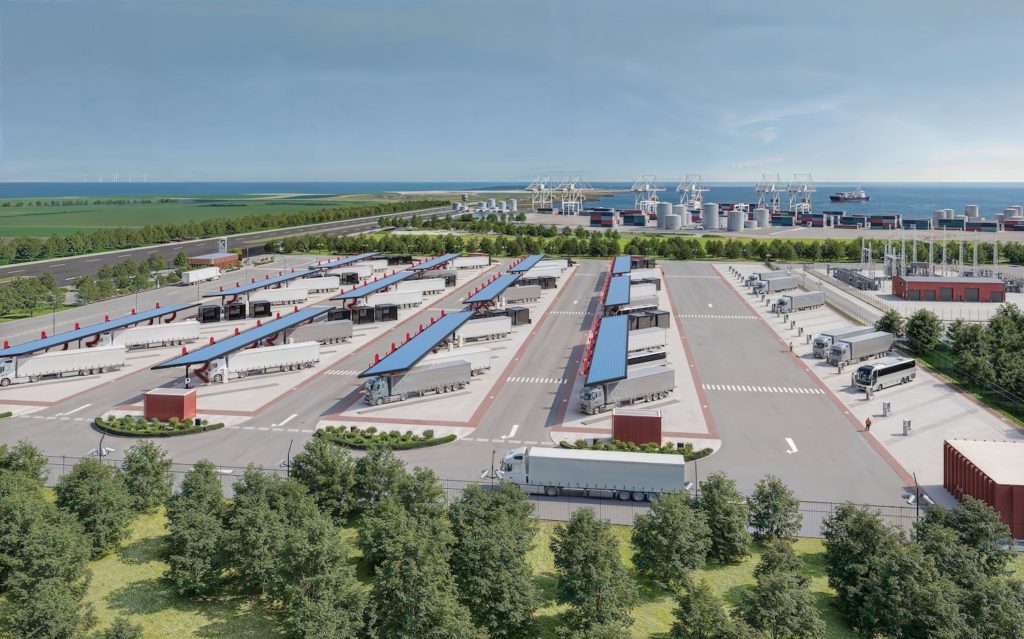Rural rental market update: Navigating the shift
July 2024
The past six months have seen a shift in the landscape of rural commercial property lettings. While the UK has seen a steady rise in commercial property rents nationally, reaching an average of £16.50 per sq ft according to the latest statistics; the latest figures from the Royal Institution of Chartered Surveyors (RICS) highlight a national slowdown in commercial property lettings. We believe we are now seeing this national slowdown at rural letting level. This can be attributed to two key factors: a slowdown in the overall economy and in our rural context, more units on the market.
The economic slowdown has naturally led to a decrease in demand for commercial space. Businesses are being more cautious with expansion plans, meaning fewer are actively seeking new workshops, storage facilities, or office space.
On the supply side, the poor drilling season last autumn coupled with the SFI non-farming area payments has had an unintended consequence for the rural commercial rental market. The additional area of spring crops and the SFI initiative has been a catalyst to reduce crop storage requirements, and has allowed the decommissioning of less practical farm buildings. These previously utilised sheds are now finding new life as rentable commercial spaces, adding to the existing pool of available properties.
In addition to this the general poor returns from arable farming continue to force landowners to derive income from other avenues. Renting space continues to be a relatively simple passive proposition, provided the right tenant can be found.
Whilst the downward trend also applies to urban areas, it’s worth noting that reducing rents alone won’t necessarily solve the issue in the current climate. Demand, rather than price, is the key factor at play.
The important takeaway here is that this slowdown is not necessarily a pricing issue. Reducing rents might not automatically translate to a surge in interest. The current market climate dictates a wait-and-see approach from potential tenants.
However, there is a light at the end of the tunnel. A general election on the horizon often stimulates economic activity. This, in turn, could lead to a renewed demand for commercial space in rural areas.
In this transitional period, focusing on retaining good existing tenants becomes paramount. Building strong relationships with your current renters fosters a sense of loyalty and encourages them to stay put. After all, a reliable tenant is worth their weight in gold, especially in a softer market.
KEY STRATEGIES FOR RURAL LANDLORDS:
RETAIN VALUE
Be cautious in reducing prices and undervaluing assets. In a market where demand is the key issue, price reductions will not necessarily stimulate interest, but will immediately devalue the product.
FOCUS ON RETAINING EXISTING TENANTS
In a softer market, keeping good tenants who are already familiar with your property is crucial. Open communication and a willingness to work collaboratively can go a long way.
EMBRACE THE CHANGING LANDSCAPE
SFI may create a temporary surplus of buildings, but it’s also opened doors for new types of rural businesses. Consider the potential for these spaces to be adapted for diversification projects or storage facilities for new agricultural ventures.

